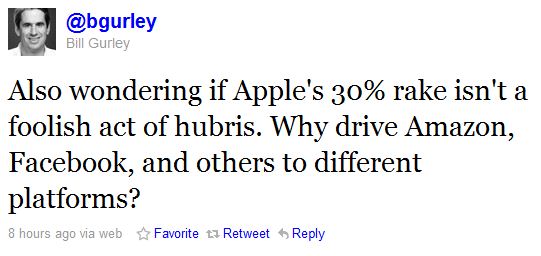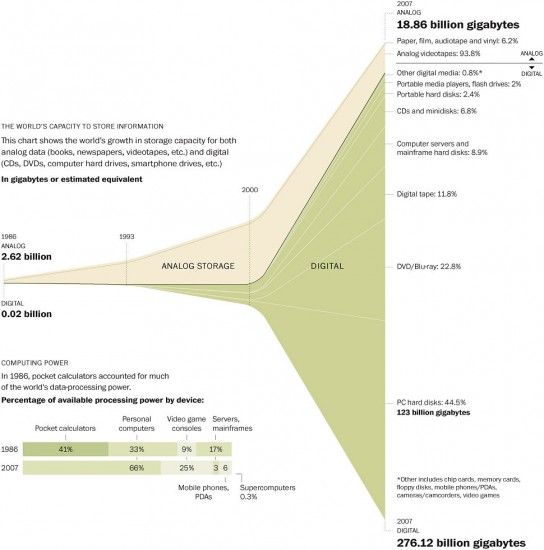There’s a nice piece of reporting from Ian Shapira in today’s Washington Post entitled, “Once the Hobby of Tech Geeks, iPhone Jailbreaking Now a Lucrative Industry.” In the article, Shapira documents the rise of independent, unauthorized Apple apps (especially tethering apps) and points out that what was once a small black market has now turned into a booming, maturing business sector in its own right. In fact, Sharpia notes, there are already “market leaders” in the field:
At the top of the jailbreaking hierarchy sits Jay Freeman, 29, the founder and operator of Cydia, the biggest unofficial iPhone app store, which offers about 700 paid designs and other modifications out of about 30,000 others that are free. Based out of an office near Santa Barbara, Calif., Freeman said Cydia, launched in 2008, now earns about $250,000 after taxes in profit annually. He just hired his first full-time employee from Delicious, the Yahoo-owned bookmarking site, to improve Cydia’s design. “The whole point is to fight against the corporate overlord,” Freeman said. “This is grass-roots movement, and that’s what makes Cydia so interesting. Apple is this ivory tower, a controlled experience, and the thing that really bought people into jailbreaking is that it makes the experience theirs.”
In another sign this black market is now going mainstream, advertisers are apparently flocking to it:
In what might be the ultimate sign that the jailbreak industry is losing its anti-establishment character, Toyota recently offered a free program on Cydia’s store, promoting the company’s Scion sedan. Once installed, the car is displayed on the background of the iPhone home screen, and the iPhone icons are re-fashioned to look like the emblem on the front grill.
Interestingly, however, some people now complain that Cydia is getting too big for its britches and has come to be “as domineering as Apple is in the non-jailbreak world.” What delicious irony! Yet, I do not for one minute believe that Cydia has any sort of “lock” on the “unlocking” marketplace. This is an insanely dynamic sector that is subject to near-constant fits of disruptive technological change. Continue reading →





 The Technology Liberation Front is the tech policy blog dedicated to keeping politicians' hands off the 'net and everything else related to technology.
The Technology Liberation Front is the tech policy blog dedicated to keeping politicians' hands off the 'net and everything else related to technology.